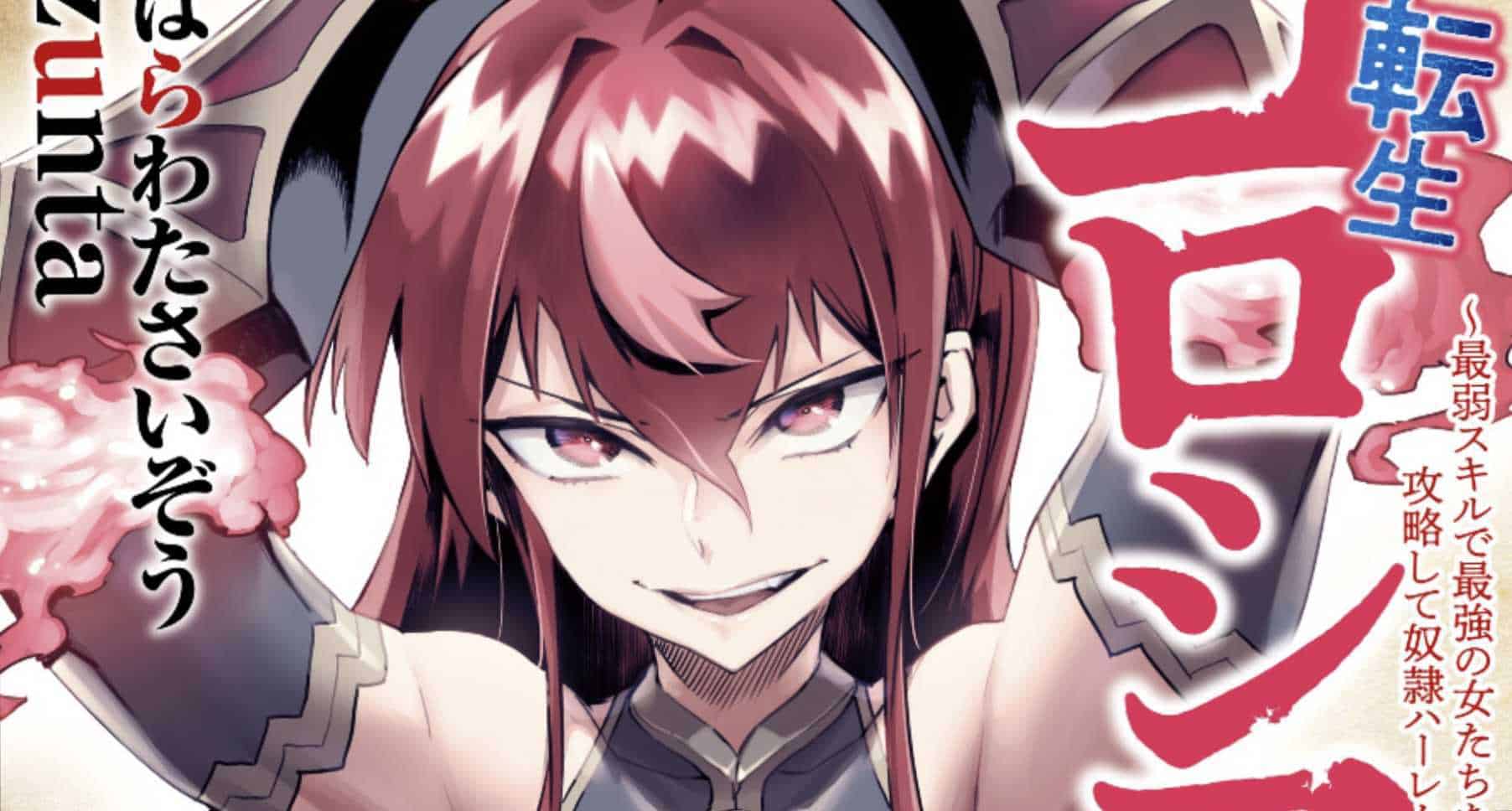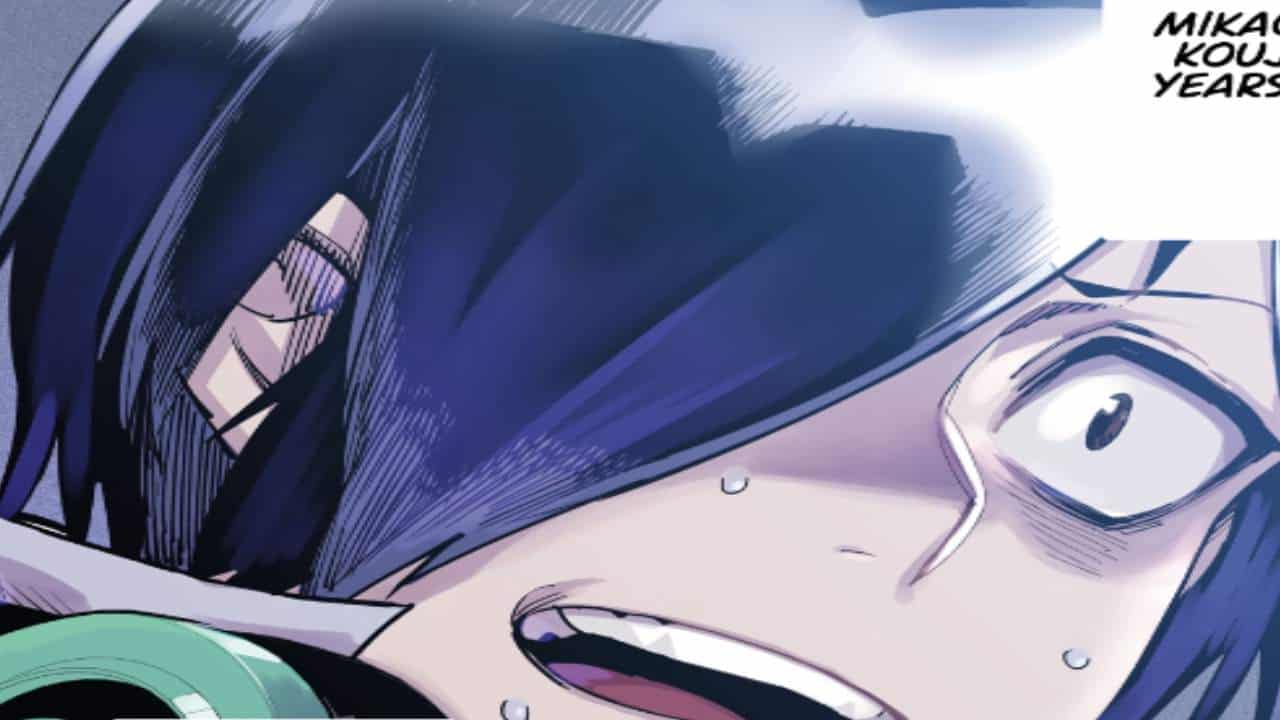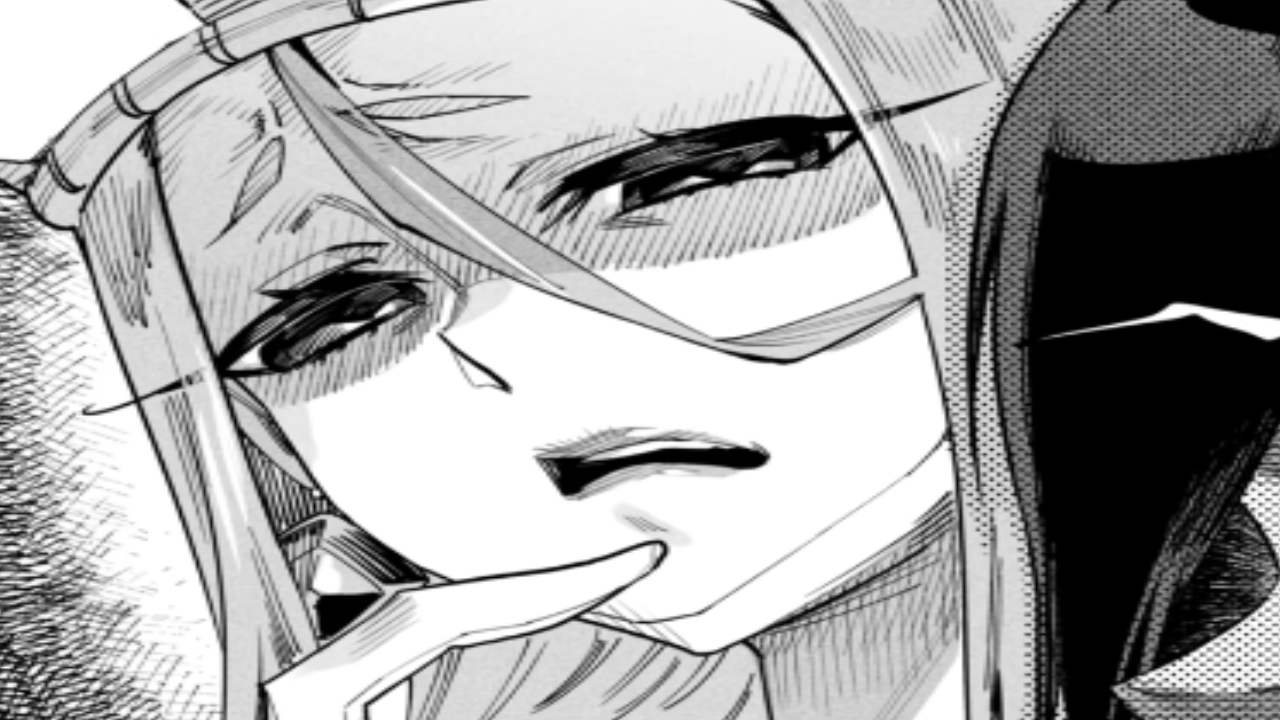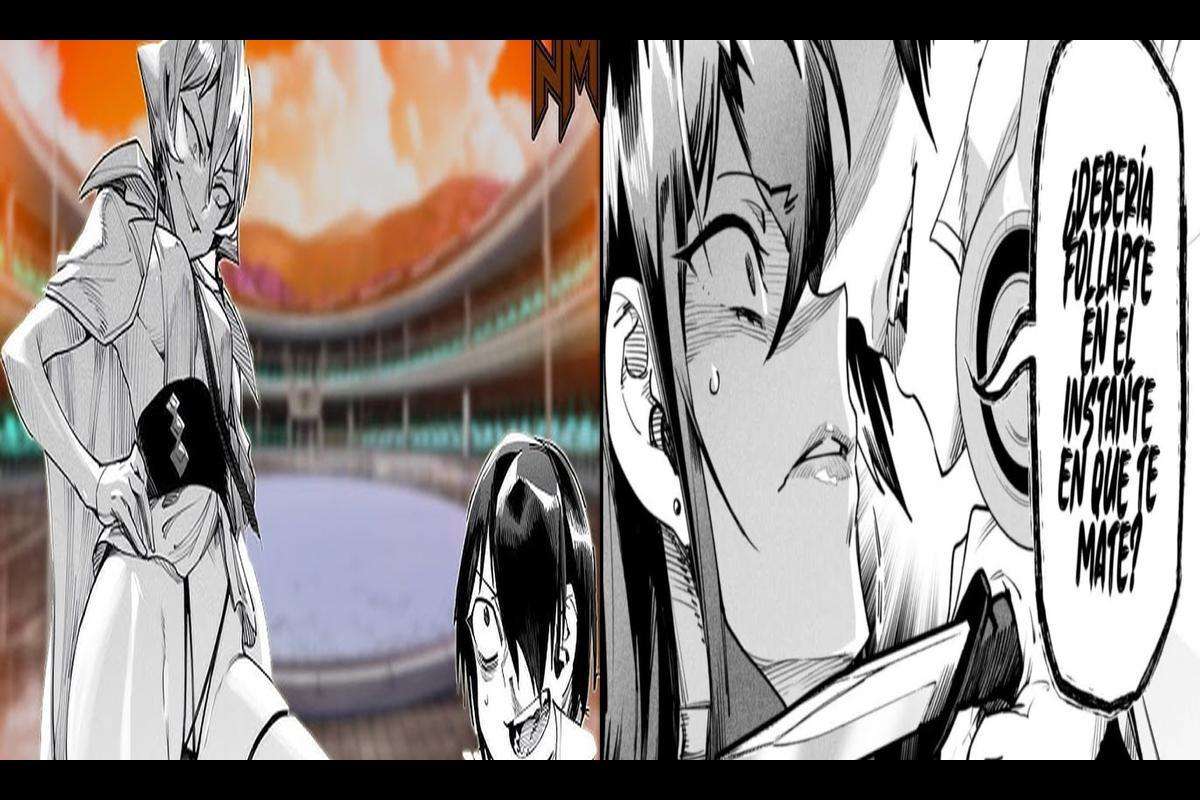Embark on an extraordinary journey through time as we delve into Reincarnation Colosseum Chapter 5. This chapter promises an immersive exploration of the Colosseum’s captivating history, the thrilling gladiatorial contests it hosted, and its enduring legacy as a symbol of Roman power and entertainment.
From the architectural grandeur of the Colosseum to the fierce battles that unfolded within its walls, we’ll uncover the fascinating details that bring this iconic landmark to life. So, prepare to be transported back in time as we unravel the secrets of the Reincarnation Colosseum.
Colosseum’s History and Significance: Reincarnation Colosseum Chapter 5

The Colosseum, an iconic symbol of ancient Rome, stands as a testament to the architectural prowess and cultural significance of the Roman Empire. Built in the 1st century AD under Emperor Vespasian, the Colosseum was the largest amphitheater ever constructed, capable of accommodating an astounding 50,000 spectators.
Architectural Design and Structure
The Colosseum’s elliptical design and ingenious use of arches and vaults allowed for exceptional acoustics and clear views from all seating levels. Its tiered seating arrangement, divided into four main sections, ensured that every spectator had an unobstructed view of the arena below. The outer facade of the Colosseum, adorned with travertine stone, featured eighty arches arranged in three tiers, providing support for the massive structure and allowing for easy access to the interior.
Purpose and Legacy
The Colosseum was primarily used for gladiatorial contests, public spectacles, and other forms of entertainment. Gladiators, often prisoners of war or criminals, fought each other or wild animals for the amusement of the Roman populace. The Colosseum also hosted mock naval battles, staged by flooding the arena floor, and other extravagant events that showcased the power and wealth of the Roman Empire. Today, the Colosseum remains one of the most visited historical sites in the world, attracting millions of tourists annually. It stands as a symbol of ancient Rome’s architectural ingenuity, cultural heritage, and the enduring legacy of the Roman Empire.
Gladiatorial Contests and Entertainment

The Colosseum was not just an architectural marvel but also a stage for brutal and awe-inspiring gladiatorial contests. These contests were a bloody spectacle that captivated the Roman audience, showcasing the courage, skill, and brutality of these trained fighters.
Reincarnation Colosseum Chapter 5 unfolds the mysteries of life, death, and rebirth, while Muse on Fame Chapter 13 explores the intricate dance between desire and fulfillment. But just as the echoes of fame can fade, so too can the illusions of reincarnation.
Reincarnation Colosseum Chapter 5 reminds us that true liberation lies not in endless cycles, but in the acceptance of our own mortality and the pursuit of a life lived with purpose and meaning.
Types of Contests
Gladiatorial contests took various forms, each with its unique rules and weapons:
- Single Combat: Two gladiators faced off in a one-on-one duel, armed with swords, spears, or nets.
- Group Battles: Several gladiators fought simultaneously, divided into teams or facing each other in a chaotic melee.
- Bestiarii: Gladiators fought against wild animals, such as lions, tigers, and bears, in a test of strength and courage.
Classes of Gladiators
Gladiators came from diverse backgrounds, including prisoners of war, criminals, and even volunteers. They were classified into different types based on their armor, weapons, and fighting style:
- Secutor: Lightly armored with a helmet and visor, armed with a sword and shield.
- Retiarius: A net-fighter, armed with a trident and a weighted net.
- Murmillo: A heavily armored gladiator with a large shield and a short sword.
Training and Motivation
Gladiators underwent rigorous training to hone their skills and prepare for the brutal arena. They practiced combat techniques, weapon handling, and physical conditioning. Their motivations varied, from the desire for glory and freedom to the threat of punishment or death.
Chapter 5 of Reincarnation Colosseum leaves us on a cliffhanger, and we can’t wait to see what happens next. In the meantime, we can check out the latest chapter of Mercenary Enrollment ( mercenary enrollment chapter 149 ), where we’ll find some intense action and unexpected twists.
After that, we’ll come back to Reincarnation Colosseum Chapter 5 and see how the story unfolds.
Entertainment and Spectacle, Reincarnation colosseum chapter 5
The Colosseum’s gladiatorial contests were not merely brutal fights but also elaborate spectacles designed to entertain the Roman populace.
- Audience: The Colosseum could accommodate up to 80,000 spectators, from the emperor to ordinary citizens.
- Spectacles: In addition to the fights, the Colosseum hosted other spectacles, such as animal hunts, mock naval battles, and executions.
- Atmosphere: The atmosphere was electric, filled with cheers, chants, and the roar of the crowd, creating an unforgettable experience.
Symbolism and Legacy

The Colosseum, with its colossal size and intricate design, symbolized the might and grandeur of the Roman Empire. It stood as a testament to the empire’s engineering prowess and its obsession with entertainment.
Cultural Identity
The Colosseum played a pivotal role in shaping the cultural identity of ancient Rome. Gladiatorial contests, exotic animal hunts, and other spectacles held within its walls provided the masses with a sense of unity and belonging. The Colosseum became a focal point for Roman society, a place where citizens from all walks of life gathered to witness thrilling and often brutal events.
Enduring Legacy
Today, the Colosseum stands as an enduring legacy of ancient Rome. As one of the world’s most iconic historical landmarks, it attracts millions of tourists annually. The Colosseum serves as a reminder of the empire’s past glory and its enduring influence on Western civilization.
Outcome Summary

As we conclude our exploration of Reincarnation Colosseum Chapter 5, we can’t help but marvel at the enduring legacy of this ancient wonder. The Colosseum stands as a testament to the ingenuity, brutality, and spectacle that characterized ancient Rome. Its impact on Roman culture and entertainment cannot be overstated, and its enduring appeal as a historical landmark and tourist destination is a testament to its timeless significance.
The battle in the Reincarnation Colosseum Chapter 5 was intense, leaving readers on the edge of their seats. If you’re looking for another thrilling read, check out Astral Pet Store Chapter 31 , where a mysterious pet store offers a unique twist on the concept of reincarnation.
Don’t miss out on the captivating adventures that await in Reincarnation Colosseum Chapter 5!